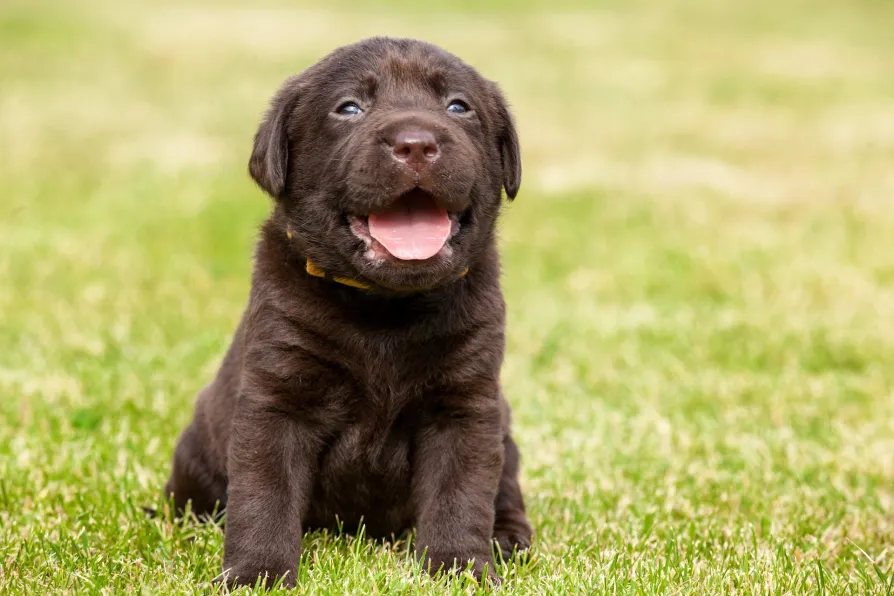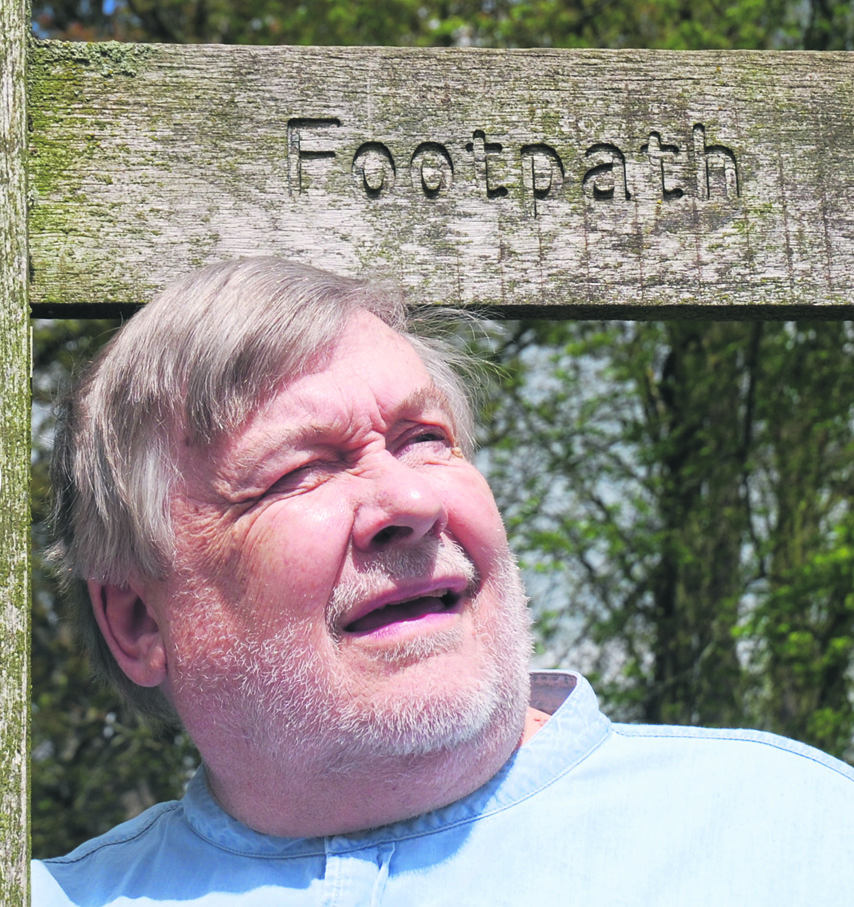VINCE MILLS cautions over the perils and pitfalls of ‘a new left party’


THE pandemic has had many strange effects on life in Britain. One is the huge jump in the demand for dogs as pets to combat loneliness.
There are almost 10 million pet dogs in Britain. This means the price of dogs has increased dramatically, as has dog theft.
My grandson, who hopes to have a pet dachshund later in life, told me last week the price of all dogs, especially those little German sausage dogs, were rocketing.
Four or five thousand pounds seems the going price and other exotic breeds can cost even more.
[[{"fid":"30850","view_mode":"inlinefull","fields":{"format":"inlinefull","field_file_image_alt_text[und][0][value]":"A dachshund, or ‘sausage dog’"},"type":"media","field_deltas":{"1":{"format":"inlinefull","field_file_image_alt_text[und][0][value]":"A dachshund, or ‘sausage dog’"}},"link_text":null,"attributes":{"alt":"A dachshund, or ‘sausage dog’","height":"439","width":"660","class":"media-element file-inlinefull","data-delta":"1"}}]]
Did you know that all breeds of dog are the same scientific species — Canis lupus familiaris — and all are a subspecies of the grey wolf (Canis lupus), from the tiny tea-cup chihuahua, weighing just a couple of pounds (1kg), to the massive great dane, weighing in at over 14 stone (89kg).
Because they are all the same species, in theory they can all breed with each other although some pairings would require a forklift truck or a barrel of KY Jelly.
Mixed dog breeds have become very popular. Cross a poodle with a boxer and you get a boxerpoo, mate a cocker spaniel with a poodle to get a cockerdoodle; labrador and poodle give a labradoodle — you know the kind of thing.[[{"fid":"30851","view_mode":"inlinefull","fields":{"format":"inlinefull","field_file_image_alt_text[und][0][value]":"A labradoodle is a cross between a labrador and a poodle"},"type":"media","field_deltas":{"1":{"format":"inlinefull","field_file_image_alt_text[und][0][value]":"A labradoodle is a cross between a labrador and a poodle"}},"link_text":null,"attributes":{"alt":"A labradoodle is a cross between a labrador and a poodle","height":"440","width":"660","class":"media-element file-inlinefull","data-delta":"1"}}]]
It is happening everywhere, a mate told me he had crossed his bulldog with a shih tzu. I didn’t believe him. It sounds like a bullshit to me.
Talking of the US, the Bidens’ two German shepherds have been sent home after both biting White House workers. Pity Joe didn’t set them on Trump and his bully boys when they invaded the Capitol.
As British dog prices rocket, so puppy farms — some more like concentration camps — have ramped up production and numerous prosecutions are reported every day.
Many of these new dog ownerships don’t work out. Turned-out dogs have led to 60,000 feral dogs living wild in Britain.
Many people got their dogs from the various rehoming charities. Sadly those people also hadn’t always thought through just what keeping a dog entailed in both time, money and scratched furniture. Many of those newly adopted dogs were also turned out to become strays.
Some strays were captured by those very same charities or local authorities and in turn reoffered again for rehoming and the circle was complete.
Britain has only one distinctive wild dog — the fox (Vulpes vulpes). It is one of the most recognisable wild animals in Britain. These wily animals are extraordinarily adaptable and as at home in urban and suburban areas as they are in the countryside.[[{"fid":"30852","view_mode":"inlinefull","fields":{"format":"inlinefull","field_file_image_alt_text[und][0][value]":false},"type":"media","field_deltas":{"1":{"format":"inlinefull","field_file_image_alt_text[und][0][value]":false}},"link_text":null,"attributes":{"height":"439","width":"660","class":"media-element file-inlinefull","data-delta":"1"}}]]
Foxes have developed strong stomachs and immune systems, so they enjoy rotting food scraps from our dustbins or from behind food shops or cafes.
Urban foxes primarily scavenge for food, but country foxes hunt for birds or small mammals such as rats and mice, helping to keep rodent pest numbers under control.
Foxes dig out dens to provide a safe underground space that is mostly used for raising fox cubs, also called kits.
In urban areas, the dens — known as earths — are commonly located under sheds, but they can also be among tree roots, in bushes or on railway or motorway embankments.
Foxes will visit these burrows throughout the year for shelter, although you may also spot them relaxing or playing as a family out in the open on sunny summer days.
We might have as many as half a million foxes in Britain — nobody is certain.
We do know that in 2018 there was a 42 per cent decline in our British fox population, although the cause was unknown.
Fox populations tend to be self-regulating, with attempted culls proving unsuccessful. In the 1970s, in Bromley, London a fox-control officer killed 300 foxes a year, but made no dent in the population. Urban fox control was abandoned in the 1980s.
If you remove a fox from an urban area, their territory will likely be claimed by another within a matter of days. Removing foxes also usually results in a larger breeding population the next year.
Foxes are resourceful in exploiting new territories. In 2011, as the Shard skyscraper was being built in London, a fox made his new home on the 72nd floor surviving on food scraps left by workers.
Even if you don’t spot a fox on an evening walk, you may see signs of their presence. Fox poo, known as scat, is often deposited on footpaths. It is normally twisted with feathers, fur and bones.
If you have heard foxes scream at night you will not forget the sound. The high-pitched wails are made by vixens, mostly in the breeding season, which begins in January.
You may have heard that the screams are sounds of pain when foxes are locked together during mating. Sorry, this is just an urban myth. The screams are actually the females seeking a suitable mate.
The baby foxes emerge from the ground in April and will reach adult size after seven months. Some vixens will have their first litter when less than one year old. [[{"fid":"30853","view_mode":"inlinefull","fields":{"format":"inlinefull","field_file_image_alt_text[und][0][value]":false},"type":"media","field_deltas":{"1":{"format":"inlinefull","field_file_image_alt_text[und][0][value]":false}},"link_text":null,"attributes":{"height":"495","width":"660","class":"media-element file-inlinefull","data-delta":"1"}}]]
Most foxes are born in March in litters of around four to five kits, pups or cubs. The baby foxes remain with their mother for around two weeks. Most foxes have a short life, with few living longer than three years.
The most common cause of fox deaths is road accidents, particularly for males and younger animals as they start exploring.
Although theoretically banned in 2004, fox hunting with dogs is sadly still common, and rarely policed.
There are nearly 200 hunts in Britain and, despite the pandemic lockdowns, hunts appear to be going out as usual three times a week, with large gatherings of followers.
Hunts appear to be exploiting two exceptions which allow six people to gather for pest control and 30 to gather for equestrian events.
Whatever, just as in every other year, hundreds of foxes are killed — usually claimed as unfortunate accidents.
Britain once had another truly native wild dog — although it was a good bit bigger than our fox. We called it the wolf and, as we now know, it was the parent of all domesticated dogs.
Today there are many people, including Frosty, who believe we should reintroduce the wolf (Canis lupus) as part of rewilding our countryside. [[{"fid":"30854","view_mode":"inlinefull","fields":{"format":"inlinefull","field_file_image_alt_text[und][0][value]":false},"type":"media","field_deltas":{"1":{"format":"inlinefull","field_file_image_alt_text[und][0][value]":false}},"link_text":null,"attributes":{"height":"440","width":"660","class":"media-element file-inlinefull","data-delta":"1"}}]]
Just a week or so ago a government spokesperson seemed to be agreeing with bringing the wolf back. Prime Minister Boris Johnson has asked his civil servants to look into introducing wolves as part of countrywide rewilding.
It must be a bit of a risk for Johnson to give tabloid headline writers a chance to link his name with the word wolf.
The main job we need the wolf to do is to stop and reverse the huge plague of many species of deer — some native, some introduced. More than two million deer are destroying both our forests and woodlands as well as arable crops.
Although the prospect of reintroducing wolves remains highly controversial, there are some who are already making plans for reintroductions.
Paul Lister is the laird of Alladale estate in the Caledonian Forest in northern Scotland, and he has plans to reintroduce the wolf into his wildlife reserve.
Many of the arguments against this kind of reintroduction are due to the potential effects these animals could have on farming.
In heavily farmed areas the occasional sheep death from a wolf could be dealt with by a simple government-funded compensation scheme.
This type of reintroduction would certainly be beneficial for tourism.
In 1995, wolves were reintroduced into Yellowstone National Park in the US.
The wolves transformed the ecology of the area, allowing forests to regenerate and biodiversity to increase. Wolf-related tourism brings $40 million every year to Wyoming.
With wolves running wild our beautiful forests will become even more popular with visitors like me and you.



















